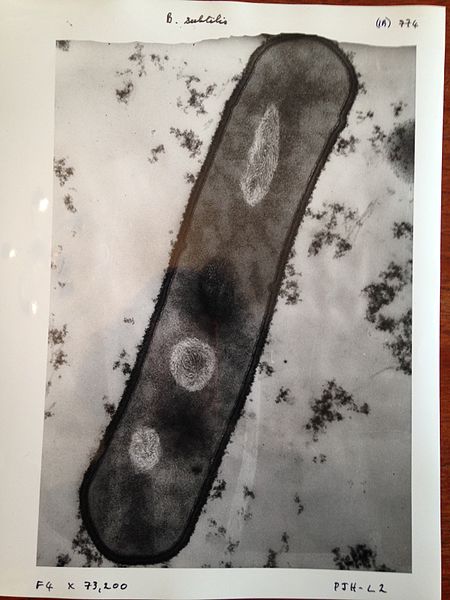An electron microscope is a microscope that uses a beam of electrons as a source of illumination. They use electron optics that are analogous to the glass lenses of an optical light microscope to control the electron beam, for instance focusing them to produce magnified images or electron diffraction patterns. As the wavelength of an electron can be up to 100,000 times smaller than that of visible light, electron microscopes have a much higher resolution of about 0.1 nm, which compares to about 200 nm for light microscopes. Electron microscope may refer to:Transmission electron microscopy (TEM) where swift electrons go through a thin sample
Scanning transmission electron microscopy (STEM) which is similar to TEM with a scanned electron probe
Scanning electron microscope (SEM) which is similar to STEM, but with thick samples
Electron microprobe similar to a SEM, but more for chemical analysis
Ultrafast scanning electron microscopy, version of a SEM that can operate very fast
Low-energy electron microscopy (LEEM), used to image surfaces
Photoemission electron microscopy (PEEM) which is similar to LEEM using electrons emitted from surfaces by photons

A transmission electron microscope from 2002
An image of an ant in a scanning electron microscope
Reproduction of an early electron microscope constructed by Ernst Ruska in the 1930s
Image of Bacillus subtilis taken with a 1960s electron microscope
A microscope is a laboratory instrument used to examine objects that are too small to be seen by the naked eye. Microscopy is the science of investigating small objects and structures using a microscope. Microscopic means being invisible to the eye unless aided by a microscope.
Microscope
18th-century microscopes from the Musée des Arts et Métiers, Paris
Carl Zeiss binocular compound microscope, 1914
Electron microscope constructed by Ernst Ruska in 1933







